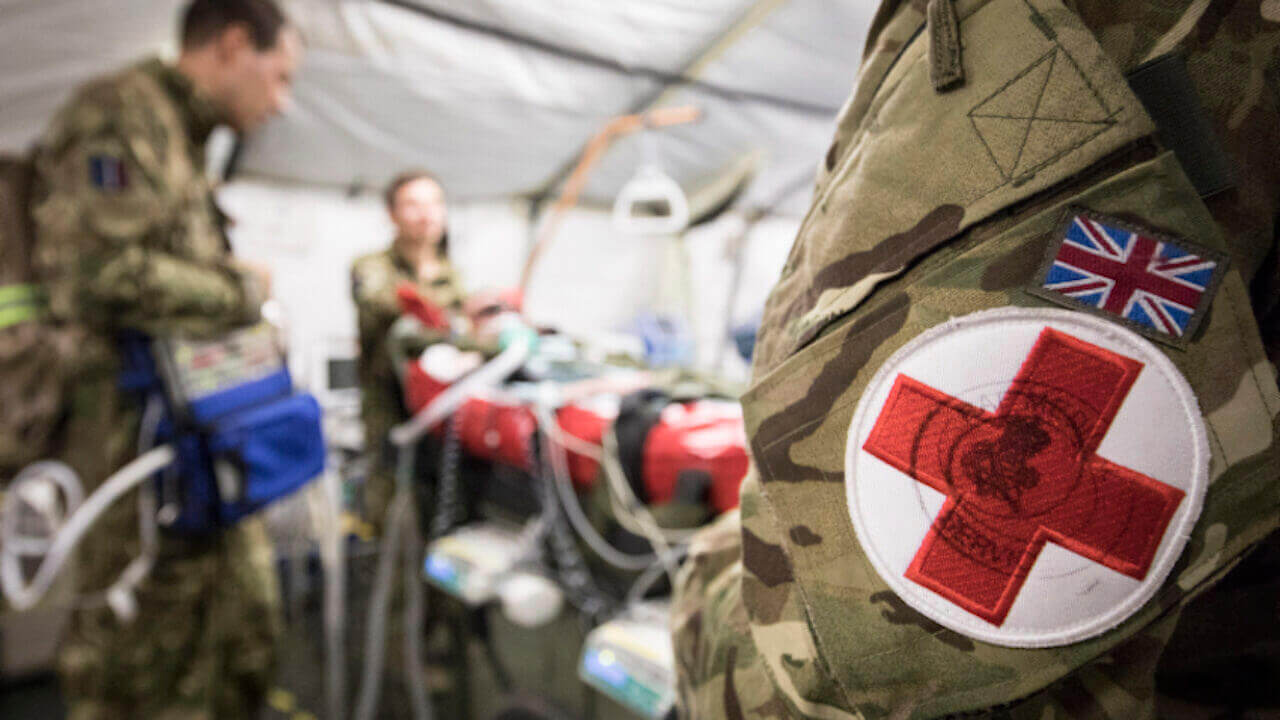
We already opened discussions on this topic previously, but how does HIV spread? Cell surface proteins that act as chemokine receptors must be present for HIV to enter the host cell. The receptors that are found on T cells are frequently referred to as coreceptors, and they include CCR5 (chemokine [CX-Cmotif]receptor 4), both of which are categorized as G protein-coupled receptors and are known to operate as HIV coreceptors. A portion of gp120 that interacts with the chemokine receptors is made visible when gp120 binds to CD4. The contact causes a conformational change in the viral envelope protein gp41 that exposes a portion of the protein. It inserts into the host cell’s membrane to establish a bridge between the viral envelope and the cell membrane.
As soon as the virus infects a T cell, it uses the viral enzyme reverse transcriptase to convert its RNA into a double-stranded DNA copy. This process is known as reverse transcription because it goes against the usual way that genetic information is transmitted. Reverse transcriptase lacks the “proofreading” function that most DNA-synthesizing enzymes have. Many mutations occur as the virus replicates, further impeding the immune system’s ability to fight the virus. Because of these mutations, the virus is able to evolve incredibly quickly. About a million times more quickly than the human genome. And elude both antiviral immune responses and antiretroviral medications.
GENOME OF HIV
Due to the high pace of HIV genome mutation, each infected person has a slightly distinct strain of the virus. Approaches based on genome sequencing have been used to examine the genetic factors behind individual variation, and the HIV-1 genome was the first complete HIV genome to be sequenced in 2009. Prior to that accomplishment, attempts to elucidate the genomic sequence had been hampered by HIV RNA’s capacity to fold into extremely complex structures, and scientists had been able to sequence just small portions of the HIV1 genome, which is made up of 9,173 RNA nucleotides (nucleotides are the building blocks of nucleic acids).
HOW DOES HIV SPREAD?
Unprotected Intercourse: HIV transmission can occur during vaginal, anal, or oral sex. During sexual contact with your partner, the virus can enter your bloodstream through microscopic tears or breaks in the lining of your mouth, rectum, vagina, or penis.
During pregnancy, childbirth, and breastfeeding: Babies can contract HIV through contact with their mother’s bodily fluids during pregnancy and childbirth, including amniotic fluid and blood. Breast milk with HIV can also be consumed by infants.
Through pointed objects: This virus can be contracted by using needles that have been contaminated with blood that has been exposed to HIV. This may cause the infection to enter your body immediately.
Blood transfusion: In this procedure, blood is transferred from an infected individual to a non-infected individual.
Leave a Reply